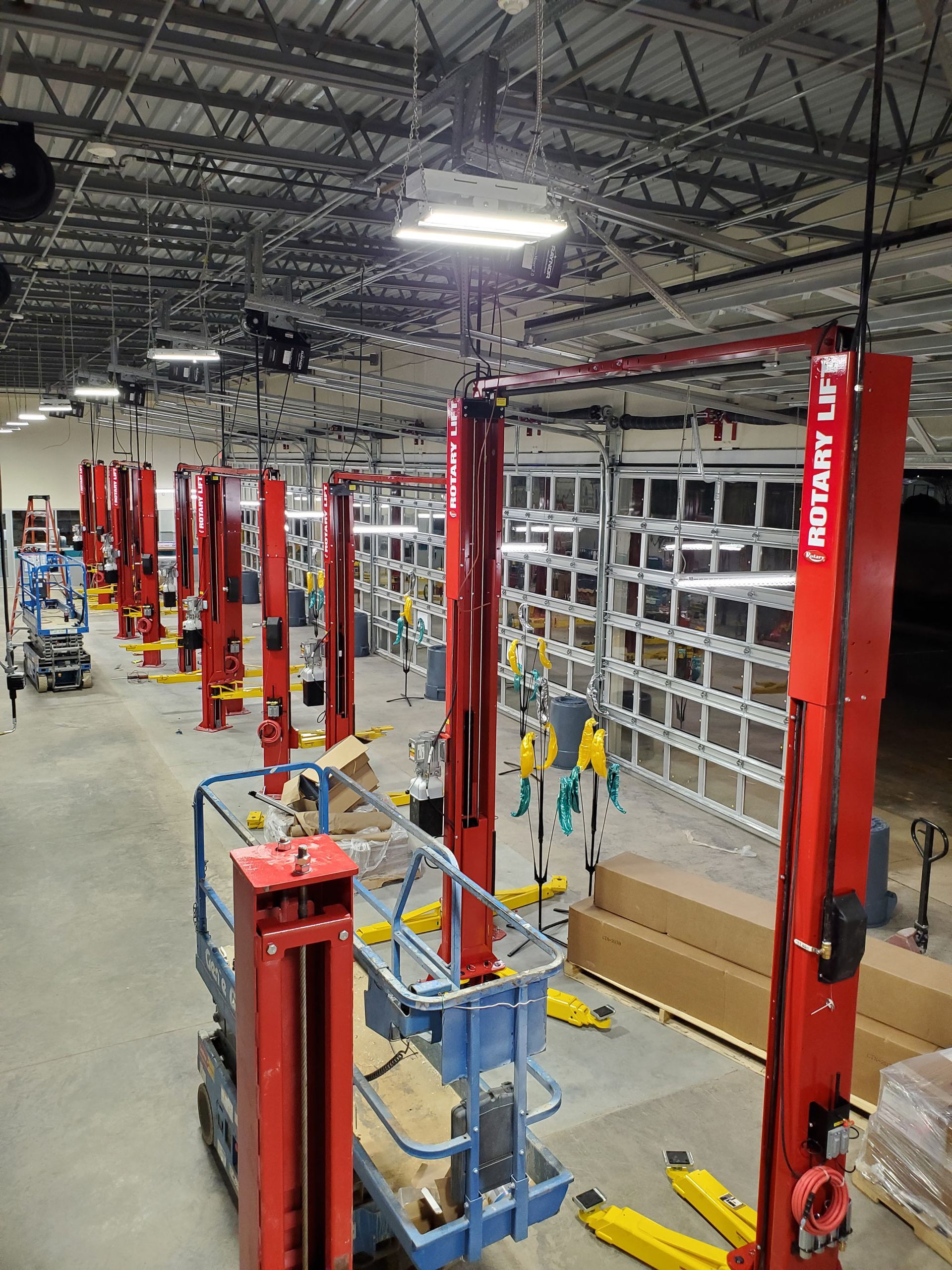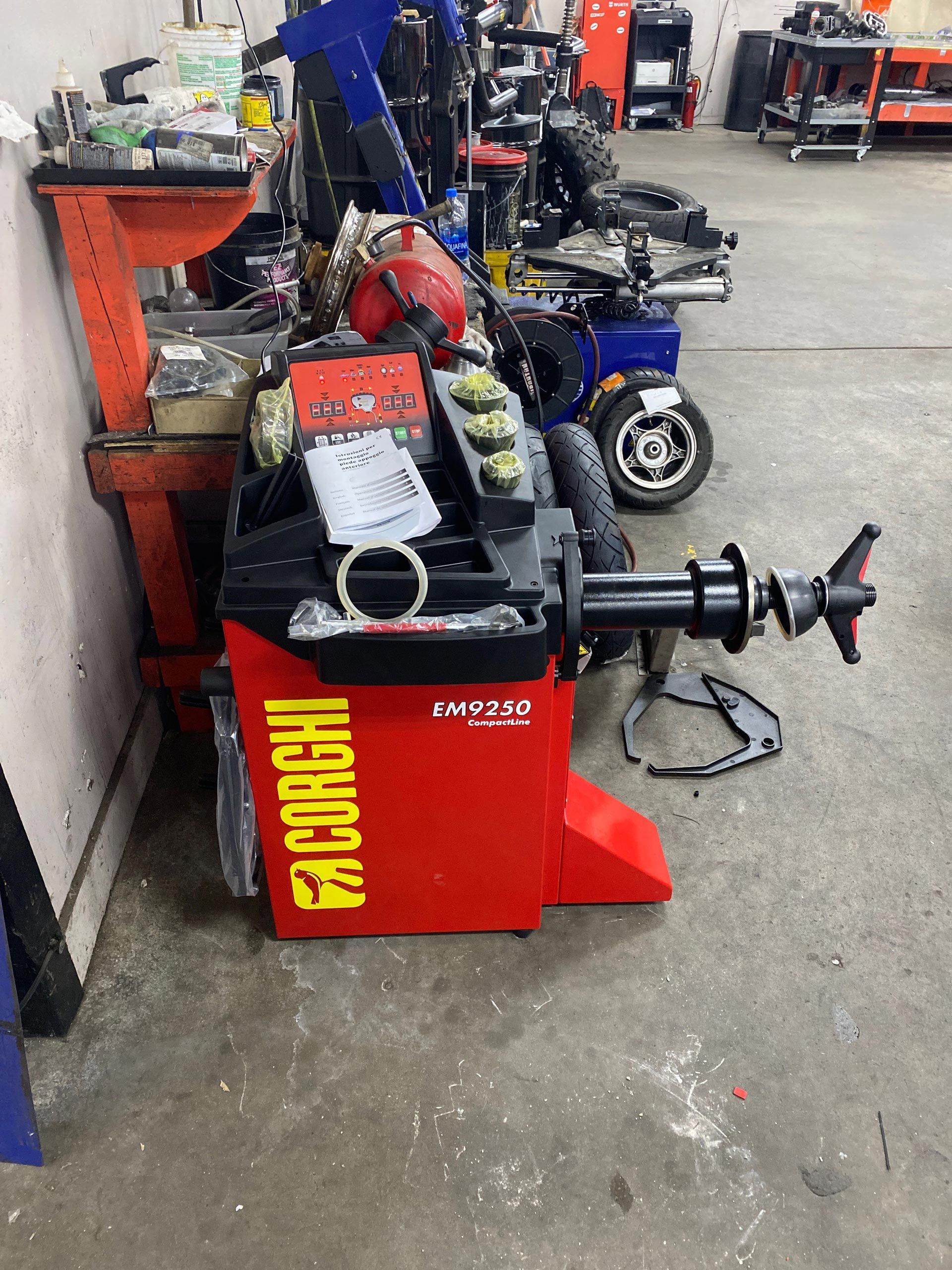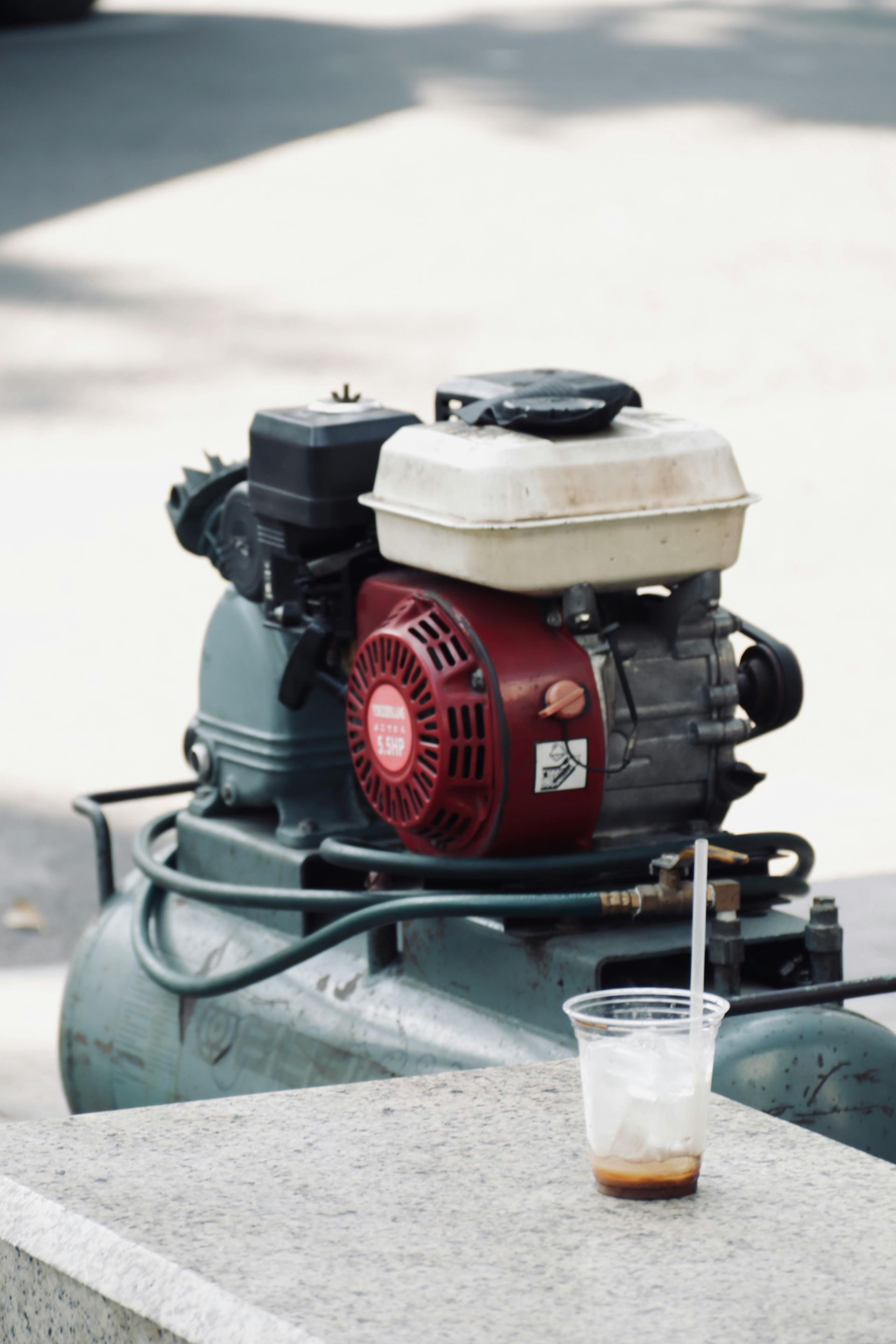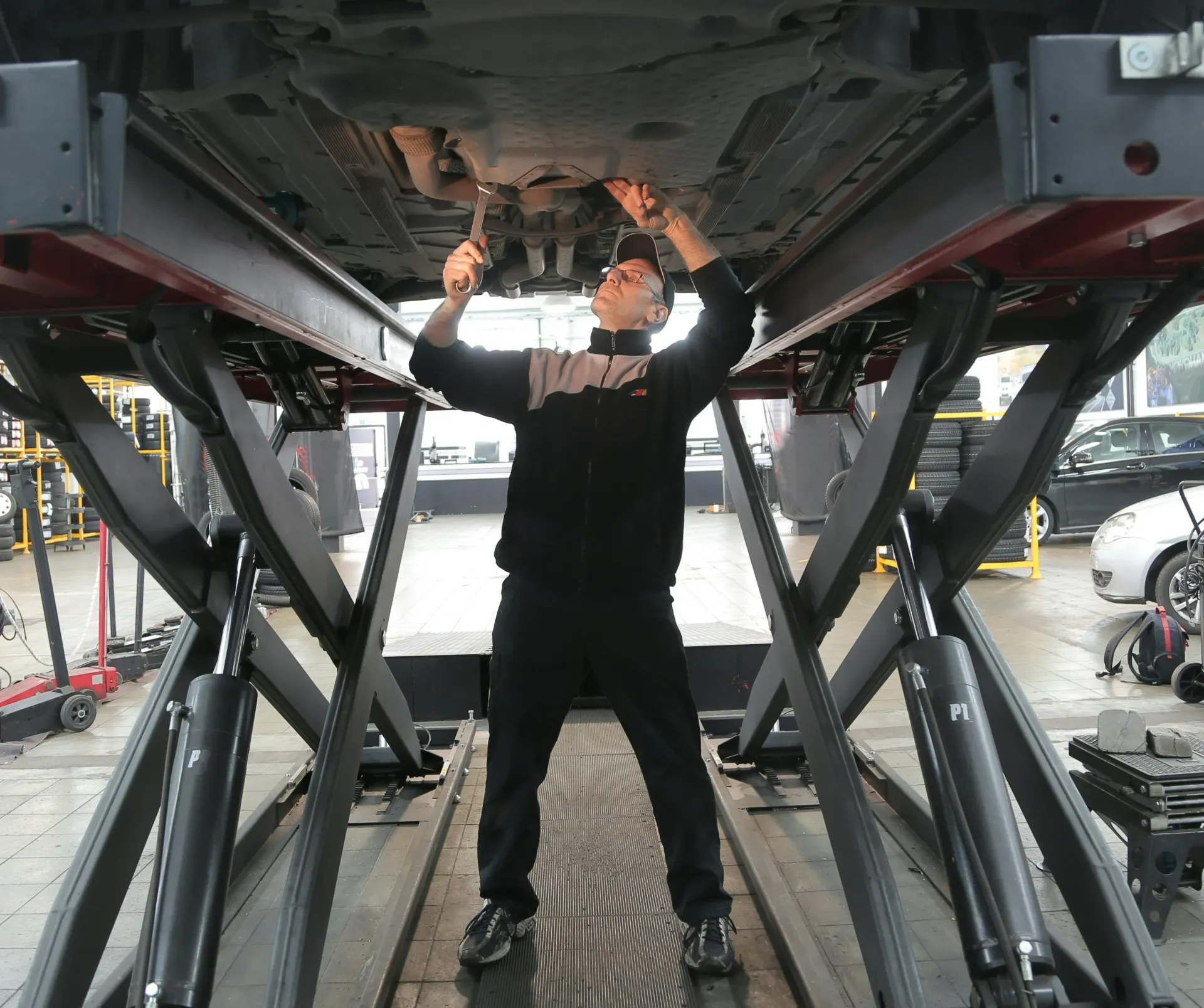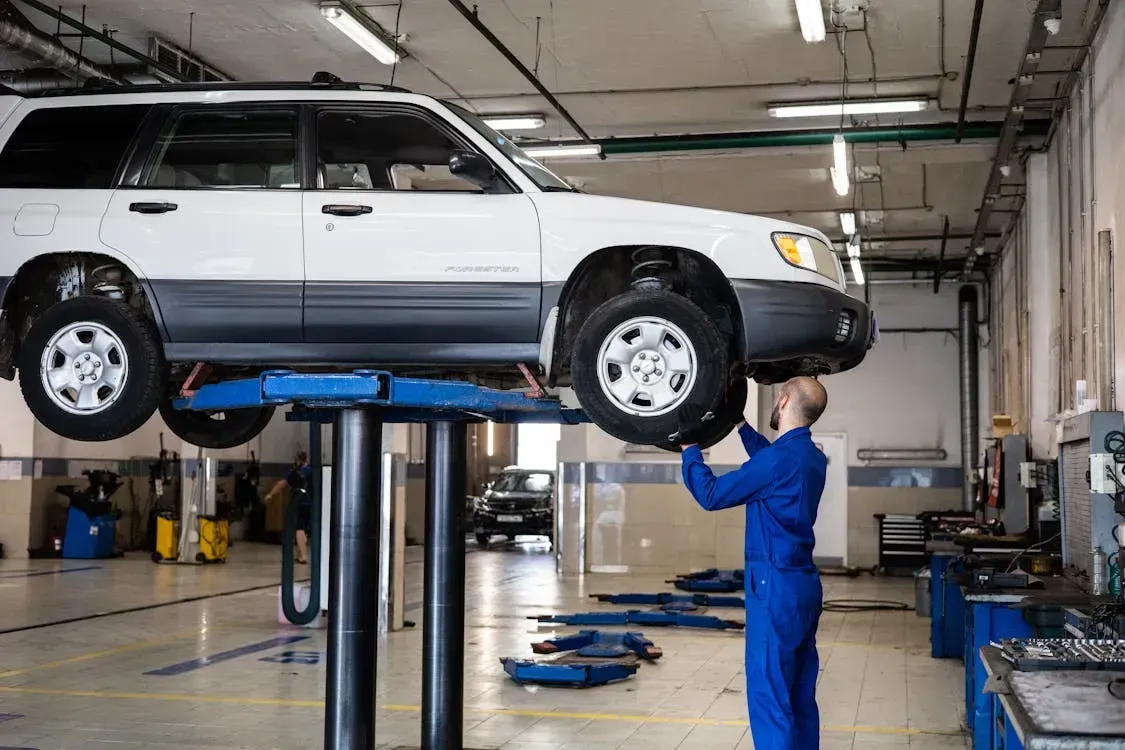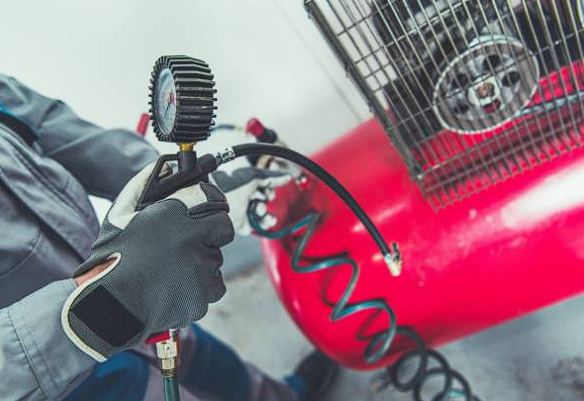
The Future of Automotive Lifts: What's Next in 2025 and Beyond?
The automotive lift industry is undergoing rapid transformation as technology advances and consumer needs evolve. From residential garages to professional auto shops, lift equipment is becoming smarter, safer, and more versatile than ever before. These changes are reshaping how mechanics, car enthusiasts, and everyday homeowners interact with vehicles in elevated spaces.
The future of automotive lifts in 2025 and beyond will be defined by increased connectivity, sustainable designs, enhanced safety features, and greater customization options. These innovations aim to improve efficiency while addressing growing environmental concerns and meeting diverse user requirements.
As we explore these emerging trends, it's important to understand how they might impact your decision-making process when selecting automotive lift solutions for your specific needs. Whether you're a professional mechanic or a passionate car collector, staying informed about industry developments can help you make investments that remain relevant for years to come.
Current State of Automotive Lifts
Popular Types of Lifts in 2024
The current automotive lift market features several dominant designs, each serving different purposes. Two-post lifts remain the standard in many professional settings, offering excellent accessibility to vehicle undercarriages while maintaining a relatively small footprint. For home enthusiasts with space constraints, four-post storage lifts have gained popularity, allowing vehicle stacking in residential garages.
Scissor lifts continue to provide versatility in both commercial and residential applications, while in-ground lifts maintain their presence in high-end shops where floor space and aesthetics are priorities. Mobile column lifts have also seen increased adoption for their flexibility in shop configurations.
Market Trends and Consumer Preferences
Recent market data shows a clear shift toward multi-functional equipment that adapts to various vehicle types. With the growing diversity of vehicle sizes and designs—from compact EVs to large trucks—lifts that offer adjustable configurations are seeing stronger demand.
Consumer buying patterns indicate increasing interest in lifts suitable for home use, reflecting the growing DIY automotive culture. Professional shops are prioritizing equipment with higher weight capacities and more precise positioning controls to accommodate specialized service requirements.
Emerging Technologies in Automotive Lifts
Smart Connectivity and IoT Integration
The integration of Internet of Things (IoT) technology is revolutionizing automotive lifts in 2025. Connected lifts now offer real-time monitoring of operational status, maintenance schedules, and usage patterns. Through smartphone apps or shop management systems, owners can track lift cycles, receive maintenance alerts, and even diagnose potential issues before they cause downtime.
Some advanced models feature predictive maintenance algorithms that analyze usage patterns and component performance, alerting users to potential failures before they occur. This connectivity extends to integration with other shop equipment, creating a more cohesive workflow.
Enhanced Safety Features
Safety innovations have become a central focus of lift development. Advanced load-sensing technology now provides real-time feedback on weight distribution, automatically halting operations if dangerous imbalances are detected. Visual guidance systems using laser positioning help ensure vehicles are properly aligned before elevation begins.
Automated locking mechanisms have evolved to provide redundant safety measures, while emergency descent systems ensure vehicles can be safely lowered even during power outages. Many new lifts also incorporate anti-collision technology to prevent accidents in busy shop environments.
Automation and Precision Controls
Automation is transforming how lifts operate, with programmable height settings allowing for one-touch positioning based on specific service needs or vehicle types. These systems remember frequent positions, streamlining workflow for common tasks.
Precision leveling systems ensure perfect horizontal alignment regardless of vehicle weight distribution, while advanced hydraulic controls provide smoother operation and more precise height adjustments. Some high-end models now feature voice-activated controls, allowing hands-free operation when technicians are managing tools or parts.
Sustainability in Automotive Lift Design
Energy-Efficient Systems
Environmental considerations are driving significant changes in lift design. Energy-efficient hydraulic systems consume substantially less electricity while maintaining powerful lifting capabilities. Many manufacturers have introduced variable-speed pump motors that adjust power consumption based on load requirements rather than operating at full capacity continuously.
Smart power management features automatically place lifts in low-energy standby modes when not actively raising or lowering vehicles. Some models now incorporate regenerative systems that capture energy during descent phases and recycle it for subsequent lifting operations.
Eco-Friendly Materials and Manufacturing
The materials used in lift construction are evolving to reduce environmental impact. Recycled steel content in structural components has increased significantly, while manufacturers are adopting water-based paints and powder coating processes that eliminate volatile organic compounds (VOCs).
Production facilities are implementing waste reduction programs that minimize scrap material and maximize recyclability. Several leading manufacturers have committed to carbon-neutral production goals, offsetting emissions through various sustainability initiatives.
Reduced Environmental Impact
Beyond manufacturing, lifts designed for minimal environmental impact during operation are gaining market share. Biodegradable hydraulic fluids offer performance comparable to traditional options while posing less risk to soil and water systems in case of leaks.
Designs that minimize fluid volume requirements reduce both environmental risk and maintenance costs. Some innovative manufacturers now offer take-back programs ensuring proper recycling of lift components at end-of-life, closing the product lifecycle loop.
Specialized Automotive Lifts for Different Needs
Residential and Storage Solutions
The home garage segment continues to expand with specialized solutions. Low-profile storage lifts now accommodate vehicles with minimal ground clearance while still fitting in standard residential garages. Space-saving designs maximize storage in tight spaces through vertical parking systems that utilize ceiling height effectively.
DIY-friendly installation options have made professional-grade equipment more accessible to homeowners, while aesthetic considerations such as customizable colors and finishes allow lifts to blend seamlessly with high-end home environments.
Commercial and Heavy-Duty Applications
Professional shops benefit from increased specialization in lift design. High-capacity lifts now handle the growing weight of electric vehicles with battery packs, while extended-length models accommodate larger commercial vehicles. Shops serving diverse vehicle types can invest in adaptable systems with interchangeable adapters and accessories.
Quick-deployment features reduce setup time between services, improving shop throughput and profitability. Industry-specific designs cater to specialized maintenance needs, such as battery access systems for electric vehicle service.
Mobile and Portable Options
Flexibility in shop layouts has driven innovation in movable lift systems. Enhanced mobility solutions allow shops to reconfigure service areas as needed, while reduced setup time makes temporary lifting operations more efficient. Improved stability in portable designs ensures safety without permanent installation.
Compact storage options when not in use maximize valuable shop floor space. Some portable models now feature built-in wheels and positioning aids that allow a single technician to deploy them without assistance.
The Impact of Electric and Autonomous Vehicles
Adapting to EV Service Requirements
Electric vehicles present unique service challenges that modern lifts are addressing. Battery-specific lifting points ensure safe elevation without compromising high-voltage components, while specialized adapters accommodate the different weight distributions and chassis designs of EVs.
Built-in battery protection systems detect and alert technicians to potential contact with sensitive components. Some advanced models feature integrated charging capabilities, allowing battery maintenance during elevation.
Changes for Autonomous Vehicle Maintenance
As autonomous vehicles gain market share, lift designs are evolving to accommodate their sensors and systems. Sensor-friendly lifting points prevent damage to crucial navigation and safety components, while calibration-compatible positioning ensures service work doesn't compromise autonomous functions.
Data port access platforms facilitate diagnostic connections, and some specialized lifts now include integrated diagnostic systems that communicate directly with vehicle computers during elevation.
Making the Right Choice for Your Needs
Evaluating Your Specific Requirements
Selecting the right automotive lift requires careful consideration of your specific situation. Space limitations often dictate which lift types are viable options, while typical vehicle types being serviced determine necessary capacity and access requirements. Your intended usage frequency helps determine the appropriate duty cycle rating.
Budget considerations should account for both initial purchase and long-term ownership costs. For businesses, potential return on investment through improved efficiency or expanded service capabilities should factor into decisions.
Professional Installation vs. DIY
Installation options vary significantly across lift types. Safety considerations strongly favor professional installation for most commercial-grade equipment. Building requirements including concrete specifications, ceiling height, and electrical capacity must be carefully evaluated before purchase.
Warranty implications often depend on proper installation according to manufacturer specifications. While some residential models offer simplified DIY installation, professional guidance ensures optimal performance and safety.
Long-Term Value and Support
The true cost of ownership extends beyond purchase price. Warranty coverage varies significantly between manufacturers and should be carefully compared. Parts availability and service network reliability ensure minimal downtime when issues arise.
Upgrade potential allows for future adaptation as needs change, while resale value considerations may favor established brands with strong reputations. Training and support resources help maximize the utility and lifespan of your investment.
Conclusion and Future Outlook
The automotive lift industry stands at an exciting crossroads as technology, sustainability, and changing vehicle designs drive innovation. From smart connectivity to specialized designs for electric vehicles, the options available to both professionals and enthusiasts have never been more diverse or capable.
As you consider your automotive lift needs, prioritize solutions that offer flexibility to adapt to future changes while meeting your current requirements. Investing in quality equipment from reputable manufacturers ensures both safety and longevity, even as the automotive landscape continues to evolve.
Ready to elevate your automotive experience? L&D Shop Solutions offers a comprehensive range of automotive lifts tailored to your specific needs—whether you're looking for residential storage solutions or commercial-grade equipment. With our turnkey approach to sales, installation, and warranty service, you can trust our experts to provide top-notch support throughout your ownership experience. Contact L&D Shop Solutions today and discover why our personal one-year warranty and careful attention to detail make us the preferred choice in Angier, Holly Springs, Apex, and beyond.


